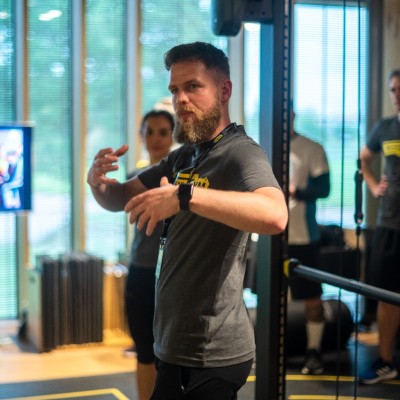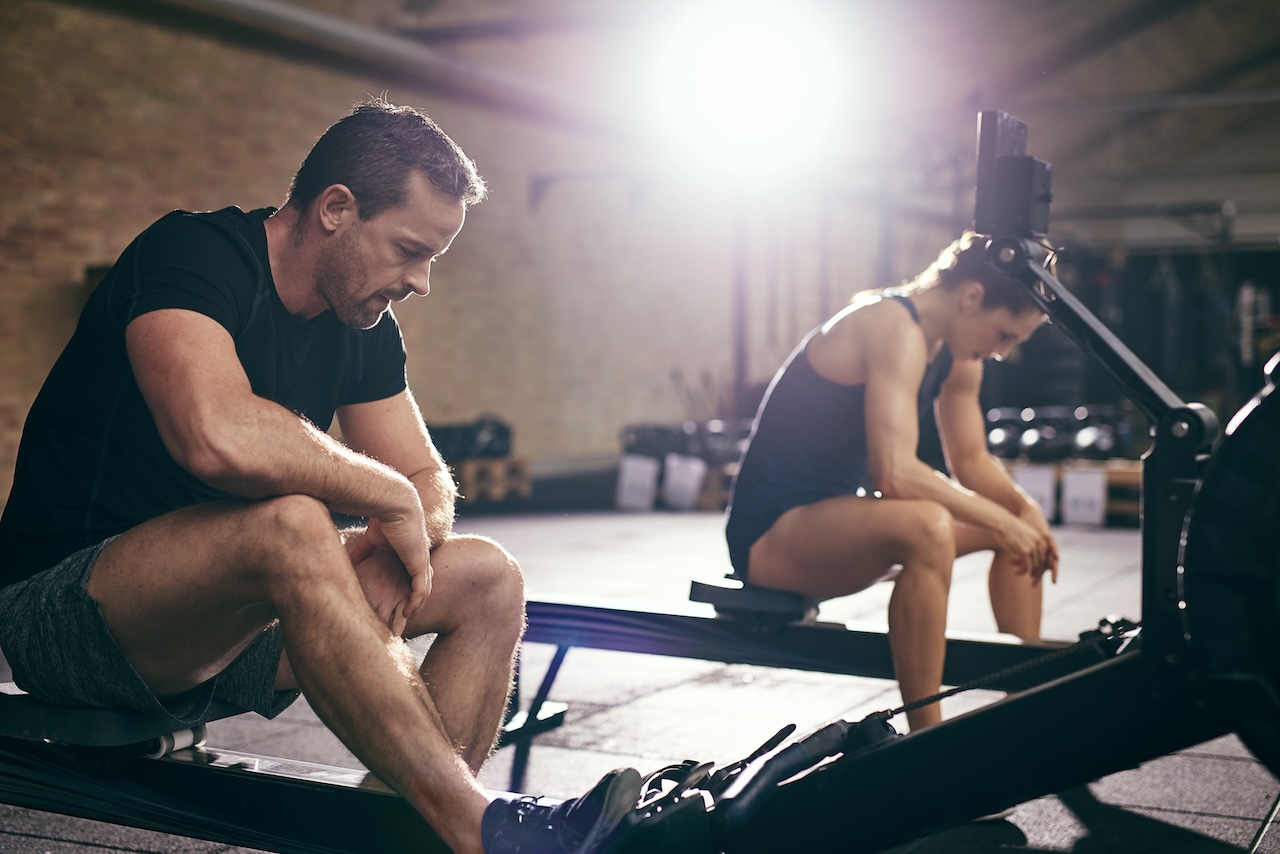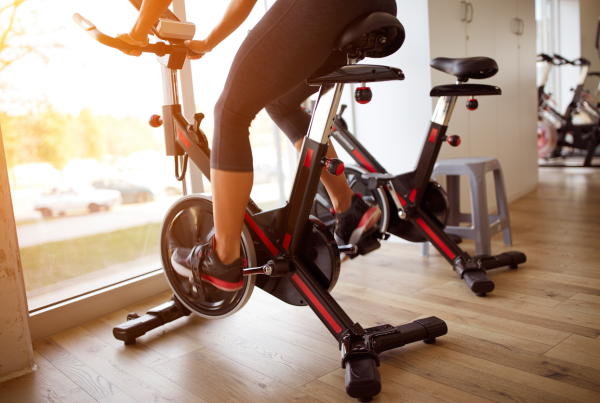The world of Hyrox is now trendier than Tik Toking from your ice bath in a pair of Crocs, says David Howatson. Here he shares how to improve rowing results using submaximal testing for Hyrox.
Containing eight distinct exercise stations wedged between 1km runs, Hyrox events draw competitors from across the globe. Tasks include a whole heap of wall balling, sandbagging and the carrying of farmers before an inevitable stagger over the finish line in a blaze of sweaty glory. One of these killer stations involves 1,000 metres of rowing and it’s as charming as it sounds. The row is often a gut-check moment as it signifies the start of the second half of the competition. Gains at this stage of the event are coveted – more power, better technique, quicker times – but where to start?
The test
To know where one’s strengths and weaknesses lie in preparing for such an epic competition, it is extremely helpful to know some baseline numbers. A submaximal test is a tried and tested means of assessing fitness levels at any stage in someone’s training journey. Accessibility is key in testing and my go to suggestion would be a lovely ramp test based on wattage. Anyone who is able to row can take part in this test – plus it can be done in just five to 10 minutes.
The format
The test comprises 90-second blocks where the participant should maintain an agreed wattage. Each interval then increases by a specific number of watts based on the individual’s fitness level. The test continues in this way until an eight out of 10 on the RPE scale is reached or the person fails to hit the wattage target for 20 seconds or longer. The lowest starting point should be 25 watts – anything less would struggle to power a lightbulb.
An example intermediate-level test would target 100 watts to start, then increase to 120 watts, 140 watts and so on in 90-second intervals. The finishing time, wattage achieved and distance should be recorded on completion of the row. Ideally, leave a four-week gap minimum between tests to see any meaningful change.
Protocol requires gender specificity and allocation of fitness levels before undertaking the test. People who fall into the ‘base’ level could be those who are particularly lightweight, of an older age group or who have ambitions of smashing Hyrox but are new to exercise in general. Always complete a comprehensive warm-up before taking part, otherwise there may be tears and swearing. Below is a guide on the power increase in each interval and which wattage to use as a starting point:
| Fitness level | Increments | Minimum starting watts | Suggested starting watts |
| Base | 15 Watts
|
25 | Women: 40-60
Men: 80-100
|
| Intermediate
|
20 Watts | 100 | Women: 100
Men: 100-140
|
| Advanced
|
25 Watts | 140 | Women: 140
Men: 190 |
The benefits
- A repeat test could be used as part of goal setting during training, motivating the competitor to hit another checkpoint on their way to the event.
- The ramp test is quick, accessible and easily repeatable.
- Testing with wattage helps to educate on the importance of power in rowing for Hyrox.
- Coaches can transfer the data at the finish directly into shaping individual training programmes.
- The test might throw up an obvious lack of strength or stamina or even some holes in technique that are leading to unexpected results.
- Performing the test in a group setting could breed competitive spirit.
To dig deeper into testing and technique, look out for British Rowing-led Go Row Indoor courses which are running across the UK and online. Upping your coaching game and using submaximal testing to inform programming can only help the performance of those Hyroxing, Lowroxing or Roxing somewhere in the middle.
Author Bio

David Howatson has over a decade of experience in the fitness industry. He currently delivers education, creates content and presents internationally for Technogym and Power Plate as well as being a member of British Rowing’s Go Row Indoor master trainer team.







